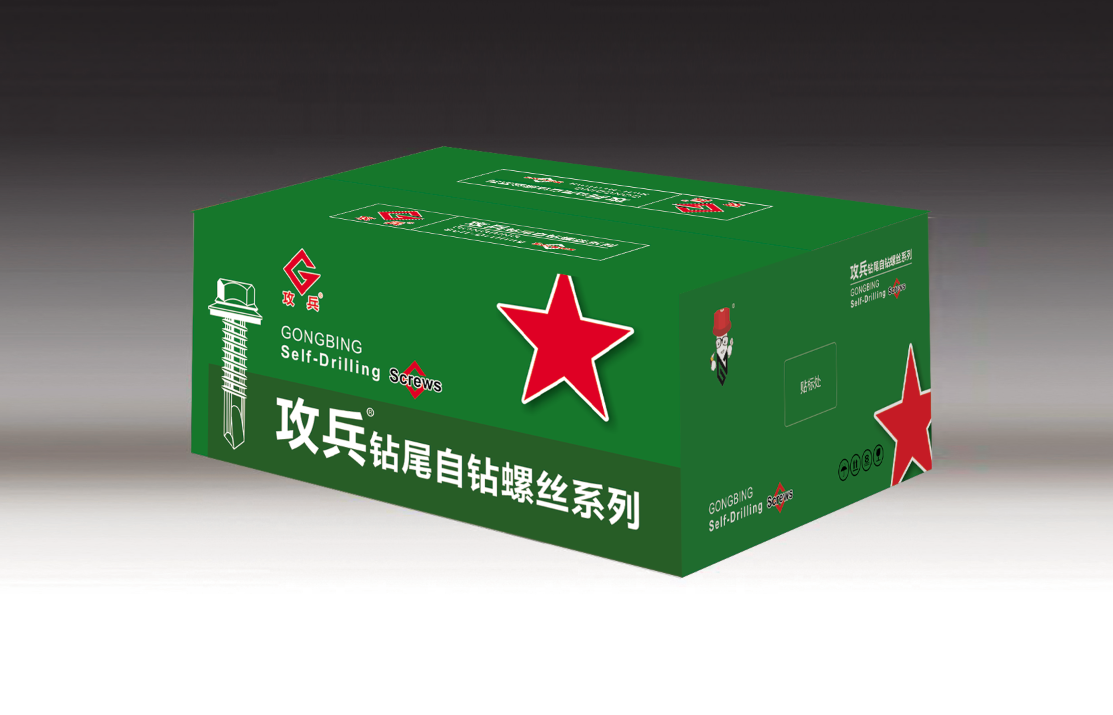Different Types of Bracing Systems Utilized in Steel Structural Engineering and Their Applications
Types of Bracing in Steel Structures
Bracing is an essential component in the design and construction of steel structures, providing stability and rigidity while helping to resist lateral loads such as wind and seismic forces. The choice of bracing system greatly influences the performance, functionality, and aesthetic of a steel structure. This article explores the various types of bracing used in steel structures, highlighting their characteristics, advantages, and limitations.
1. Cross Bracing
Cross bracing consists of diagonal members arranged in an ‘X’ pattern, connecting opposite corners of a frame. This system effectively transfers lateral loads to the foundation and is one of the most common bracing types used in buildings. Cross bracing is simple to design and construct, making it a popular choice. However, it can consume considerable space and may obstruct the interior layout, posing a challenge in maximizing usable area.
2. K-Bracing
K-bracing is a variation of the cross bracing design where diagonal members are connected to a vertical member in a 'K' shape. This type of bracing offers greater lateral stability with less material than traditional cross bracing. K-bracing is advantageous in providing a more efficient use of space and can be aesthetically pleasing. However, it may require careful detailing to ensure proper loading transfer and may not be as effective under torsional loads.
3. Chevron Bracing
Chevron bracing resembles the shape of a 'V' and is often used in structures subjected to high lateral loads. In this arrangement, two diagonal members meet at a node near the bottom of the braced frame, forming a V shape while connecting to vertical members at the top. Chevron bracing allows for efficient load transfer and can accommodate large openings in façades, making it suitable for modern architectural designs. However, similar to cross bracing, chevron systems can limit usable interior space if not designed carefully.
types of bracing in steel structures

Braced frames are structural systems in which vertical and horizontal members are connected and supplemented thoroughly with bracing elements. This type allows several pattern varieties and configurations. Braced frames can effectively resist lateral forces and allow for greater floor-to-ceiling heights and open spaces, making them popular in high-rise buildings and warehouses. However, the complexity of the system can lead to increased construction costs and time.
5. Moment-Resisting Frames
While not a bracing type in the traditional sense, moment-resisting frames operate under the principles of flexibility and rigidity to resist lateral forces. The connections between beams and columns are designed to withstand bending moments without the need for additional bracing. This system allows for open floor plans but tends to be more expensive due to complex connection designs and greater material use.
6. Tension and Compression Bracing
In this method, members are specifically designed to handle tension and compression forces. Tension bracing carries tensile loads, while compression bracing deals with compressive forces. This system is straightforward, allowing for lightweight and easily integrated designs. However, careful consideration regarding the choice of materials and the overall stability of the structure is essential.
Conclusion
Choosing the right bracing type is critical for the overall success of a steel structure. Each type of bracing comes with its own set of advantages and limitations, ultimately influencing factors such as cost, aesthetics, and structural performance. Understanding these various systems enables architects and engineers to make informed decisions, ensuring the safety and functionality of the structures they design. As technology advances, we can expect even more innovative bracing solutions that combine efficiency, safety, and design flexibility in the realm of steel construction.
-
Weatherproof Plastic Expansion Anchors for Outdoorవార్తలుJun.06,2025
-
Sustainability in the Supply Chain: Eco-Friendly TEK Screws Productionవార్తలుJun.06,2025
-
Load-Bearing Capacity of External Insulation Fixingsవార్తలుJun.06,2025
-
Double Head Bolts: Enhancing Efficiency in Industrial Machineryవార్తలుJun.06,2025
-
Corrosion Resistance in Chipboard Screws: Coatings for Wholesale Durabilityవార్తలుJun.06,2025
-
Butterfly Toggle Bolts : Enhancing Structural Resilienceవార్తలుJun.06,2025
